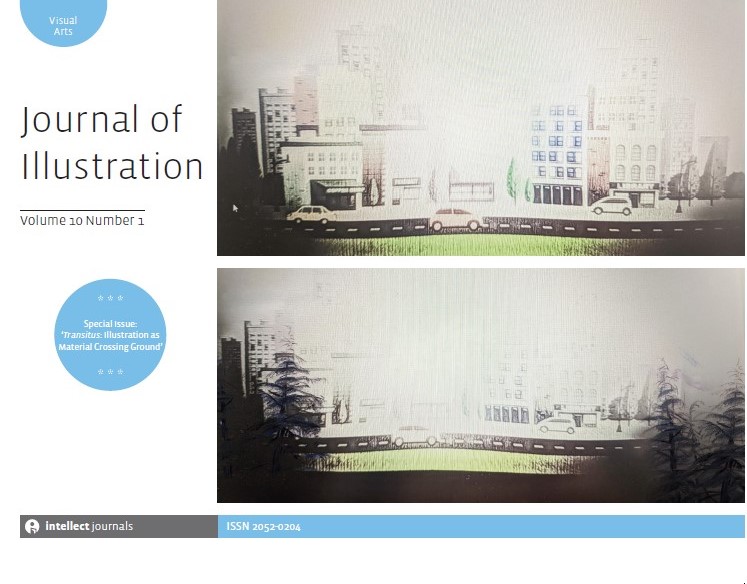
Full text loading...

The aim of the present article is to examine the therapeutic potential of autobiographical graphic novels in the context of the theory of art as psychic reparation. The starting point for such analysis is Stefano Ferrari’s research on writing as reparation and Duccio Demetrio’s work on autobiographical creativity. By examining three well-known and influential autobiographical graphic novels by Art Spiegelman, David B. and Justin Green, it aims to highlight some of the mechanisms of autobiographical narrative specific to the long-form comics format and the role they play in the elaboration of psychic traumas.

Article metrics loading...

Full text loading...
References


Data & Media loading...

Publication Date:
https://doi.org/10.1386/jill_00027_1 Published content will be available immediately after check-out or when it is released in case of a pre-order. Please make sure to be logged in to see all available purchase options.